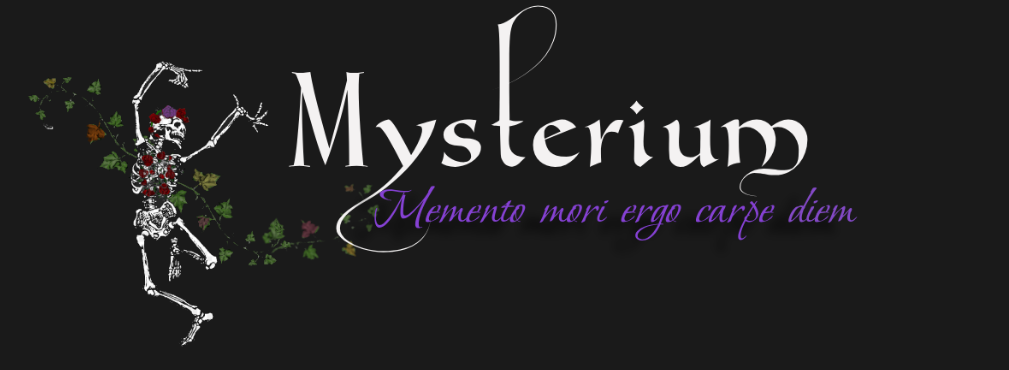
I first learned about Shugendō as a teenager, and was inspired to undertake some ad-hoc ritual wilderness excursions/vision quests of my own at Red Rocks beach, a rugged stretch of shore along the southwestern coast of Wellington, New Zealand. Recommended practice …
It begins with a death in the mountains. Only, it’s my own.
Wearing the white robes that are used to dress the dead in Japan, I bow my head deeply as drums are beaten and conch shells are blown – reminders that the first rite of my yamabushi ascetic training is beginning. My funeral is starting. Along with a small group of uninitiated who are also preparing to ‘die’, I start a symbolic pilgrimage into the afterlife, descending the slopes of Mount Haguro, a cedar-covered mountain in Japan’s northern Yamagata Prefecture.
Mt Haguro, along with and nearby Mt Gassan and Mt Yudono, form the Dewa Sanzan, the three sacred mountains of Dewa, as the region was once called. For yamabushi, and the Shugendō tradition they practise, there are few holier places. Mountain ascetics have been practising rituals and magic on Dewa Sanzan since at least the 8th or 9th century, and perhaps much longer, back to a point in history where myth and memory begin to blur.
